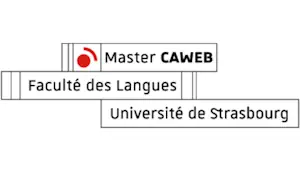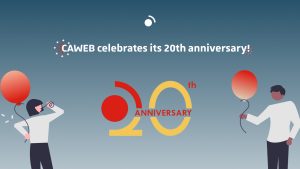Taking your international marketing campaign to local markets: interview with transcreation specialist Claudia Benetello
When adapting international marketing to local markets, some may think that translation is the most suitable option to adapt a copy to a local market. However, that’s not necessarily the case. In fact, you might be looking for a completely different service. In this interview with Italian communications specialist Claudia Benetello, we discuss what transcreation is and how it is used.
Q: You have defined transcreation as “writing advertising or marketing copy for a specific market, starting from copy written in a source language, as if the target text had originated in the target language and culture”. How does transcreation differ from copywriting?
 A: Transcreation is the adaptation of copy from one language to another, which may — or may not — result in a complete re-elaboration of the original text. Copywriting, on the other hand, is the process of writing, marketing and advertising a copy from scratch, without having a source text already in a foreign language. As a copywriter, I both write copies in Italian from scratch (origination) and adapt copies from English and German to Italian (transcreation).
A: Transcreation is the adaptation of copy from one language to another, which may — or may not — result in a complete re-elaboration of the original text. Copywriting, on the other hand, is the process of writing, marketing and advertising a copy from scratch, without having a source text already in a foreign language. As a copywriter, I both write copies in Italian from scratch (origination) and adapt copies from English and German to Italian (transcreation).
When and how do transcreation specialists step in?
When a company decides to run an international campaign, transcreation specialists are involved right from the outset. They provide a cultural consultation, i.e. they advise as to whether or not the concept, the copy and the visual can resonate with the local market, flagging any potential issues. Once the final version of the adverts has been defined, transcreation specialists proceed to adapt it for their respective local markets. However, there are cases where a company has successfully run a campaign in a certain market and then decides to implement it in another, meaning that transcreation specialists come into play at a later stage – the transcreation stage itself.
Do your clients already have a transcreation strategy, or do you help them develop one?
There’s no real ‘transcreation strategy’ as such. Bearing in mind that the end goal is writing a copy – from a source text – that truly resonates with a certain target audience, transcreation professionals are hired precisely because they have the expertise to decide how to go about it. If a 1:1 transposition will do, there is no need to subvert the original copy, as long as the faithful approach is the result of a professional evaluation, not of a lack of writing skills. In fact, copywriting skills are essential both to assess whether or not a close rendition of the copy will be effective in the target language, and to succeed in recreating the copy based on the client’s creative brief, if need be.
How do you estimate the cost of a transcreation project?
Many different factors need to be taken into account, from the difficulty of the task to the deliverables, and the campaign’s size and scope. For example, does the client request the typical transcreation workflow, i.e. multiple transcreation options, back translation, comments and rationale, plus a few rounds of amends? These activities require time. For this reason, I tend to charge by the project.
What are the clients’ needs and expectations in terms of advertising regulations?

In my experience, clients expect transcreation professionals to know how much ‘leeway’ they have when it comes to advertising healthcare products (a heavily regulated sector) and cosmetic products (where the risk of overclaiming is very high!).
What marketing consequences could companies face as a result of poor transcreation?
59% of Brits said they would never use a company with poor grammar on their website, and 82% said they wouldn’t use a company that incorrectly translated its material into English. I’ll go as far as to say that this is true for any kind of text, including advertising and marketing copy, and for any language. When global advertisements are not adapted effectively for local markets, companies are losing money. Not to mention the money they lose when they offend potential customers with wrong product names!
To learn more about transcreation, check out Claudia’s case study and video presentation on Norton™ AntiVirus, where she explains how she transcreated the software’s taglines into Italian.
Written by Elisa Tripetti






